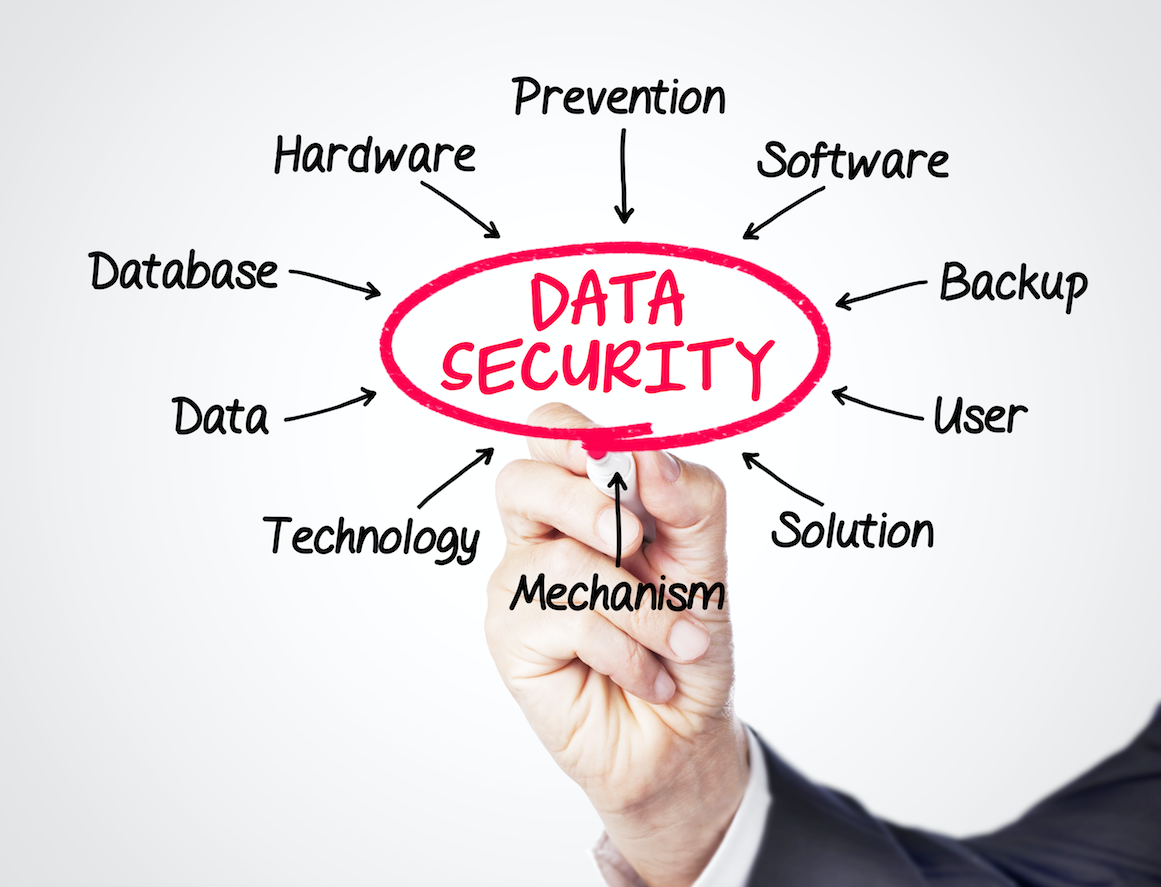Data Center security – Don’t overlook physical security
By Lori McConvilleBlog Today, when it comes to data security much of the focus is placed on the web, including threat management, intrusion prevention and hacking. However, often overlooked is the physical security, which is just as important, especially for the top-rated data centers.
Today, when it comes to data security much of the focus is placed on the web, including threat management, intrusion prevention and hacking. However, often overlooked is the physical security, which is just as important, especially for the top-rated data centers.
Data Centers like Enseva focus just as much on physical security as they do on protecting companies from online threats. With the SSAE 16 certification, companies like Enseva meet set standards in complying with set Trust Service Principles, which includes security, availability, processing integrity and privacy.
“A data center must maintain security from all facets,” said Chris Sevey, Enseva CEO. “We take cyber security seriously. But, we also take physical security just as seriously as we work to protect companies by taking extra precautions in planning data center location, direction, landscaping, staff security and so much more.”
Data centers take some of the following measures in assuring physical security is established and maintained:
- Building location – Strategically choosing a data center’s location says a lot about security. Location assures the facility is protected from man-made and natural disasters. High-risk locations might include being near airports or power plants. A data center location is chosen to avoid it being compromised by any kind of outside influence or disaster.
- Surveillance – A properly-secured data center has state-of-the-art surveillance. Cameras and other surveillance equipment is installed throughout the entire building and outside the building, giving professionals the chance to assure that all areas are functioning properly.
- Limited entry points – This is all about controlled access, allowing for one main entrance and a loading dock in the rear of the building. This is cost effective, but also helpful in keeping track of anyone entering the building. Fire exits in data centers should strictly be exit only.
- Strict access requirements – Technology is continually allowing data centers to be strict with those granted access. Some centers have even gone as far as requiring biometric identification, which requires hand or fingerprint authentication.
- Effective redundancy – Redundancy in a data center increases security, providing another layer of equipment and storage to be in place in the case of a primary source failure. Security in regards to redundancy includes personnel, which means special measures are in place to safeguard the facility when visitors are present. Storage redundancy is the second part, allowing an additional level network security in the data center.
- Building protections – Besides special attention to location and outdoor security measures, the walls and construction of the data center must meet set standards for proper physical security. Some of those measures include keeping power supplies strictly off limits. The building must also be constructed so that heating, ventilation and air conditioning systems can be set to recirculate air and not draw air from outside. The walls must also be protected, with assurances that internal walls run from slab ceiling to subflooring where the wiring is located.
Physical security continues to be overlooked, especially given today’s headlines regarding hacking, intrusion and online obstruction. However, Sevey stresses that no business should overlook this aspect of protecting company data. For a consultation to store and protect your company data, visit our website at www.enseva.com.
